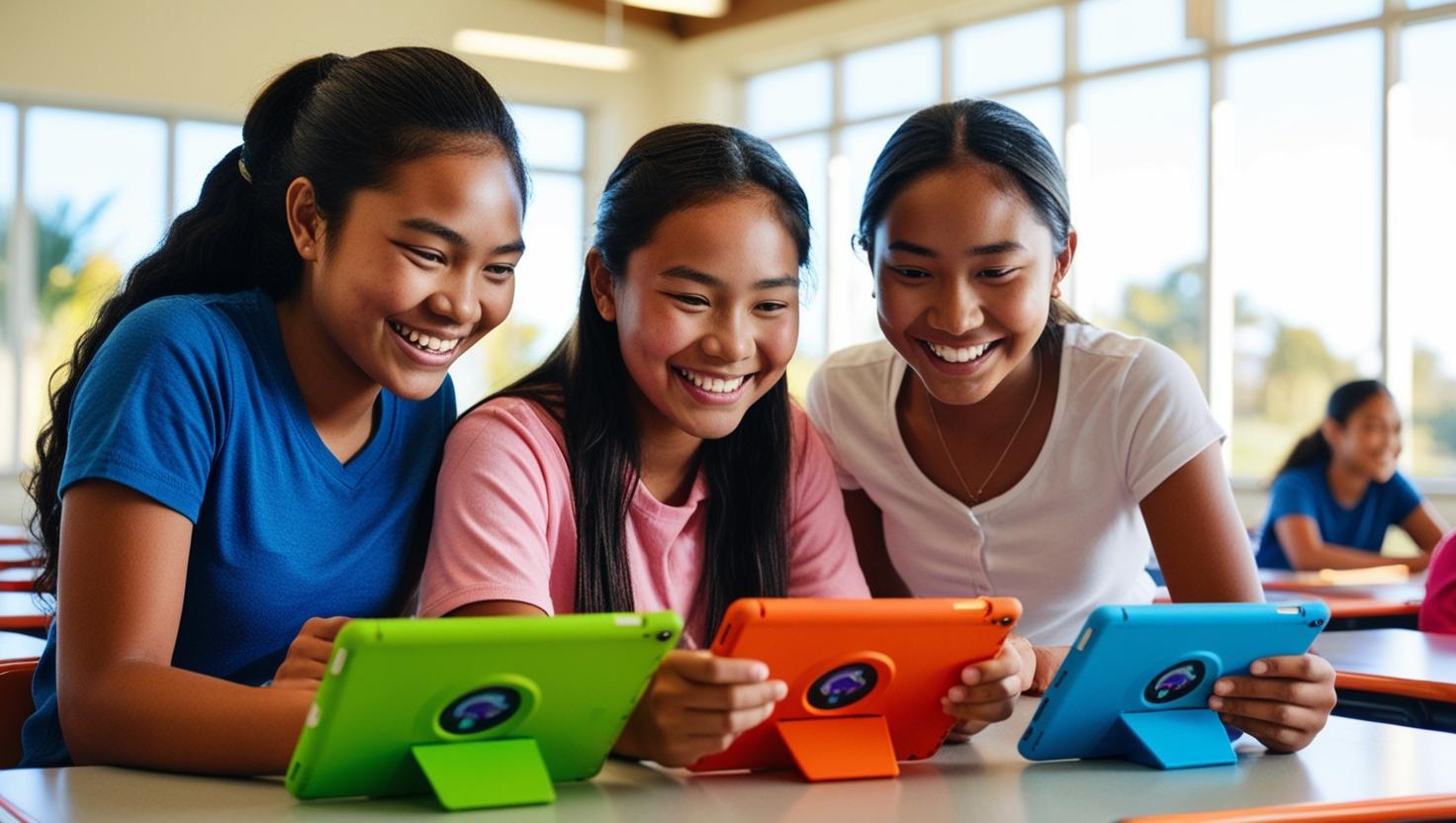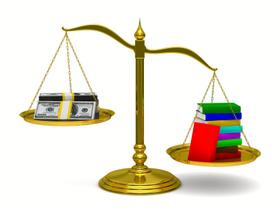A Parent's Guide To Understanding High School Teaching Methods
You and I began teaching our children probably even before they were born. I remember well how my late wife played a Mozart symphony or some Gilbert and Sullivan while she was pregnant. She also frequently read aloud. Teaching by example truly is one of the most effective teaching methods.
Teaching by example still has its place in teaching high school examples, but things are a bit more complicated, or should I say, enriched, in 2025.
- As parents of high school students, we often find ourselves puzzled by the teaching methods our teens tell us about.
- Gone are the days when education meant simply lecturing and memorizing facts. That may be true, but I can still conjugate the Latin verbs I learned in 8th Grade. But I digress.
Against that backdrop, let's take a look at how teachers function in today's high schools. I've included quotes from several authoritative sources so you can drill down and find out more about the methods.
Canva generated this picture of high school students.

Let's ask Perplexity to answer our questions.
RK: How do high school teachers teach these days?
Perplexity: Today's high school teachers employ a wide variety of approaches designed to engage students and prepare them for a complex world.
- Understanding these methods isn't just interesting. It's essential for supporting our teens throughout these





































